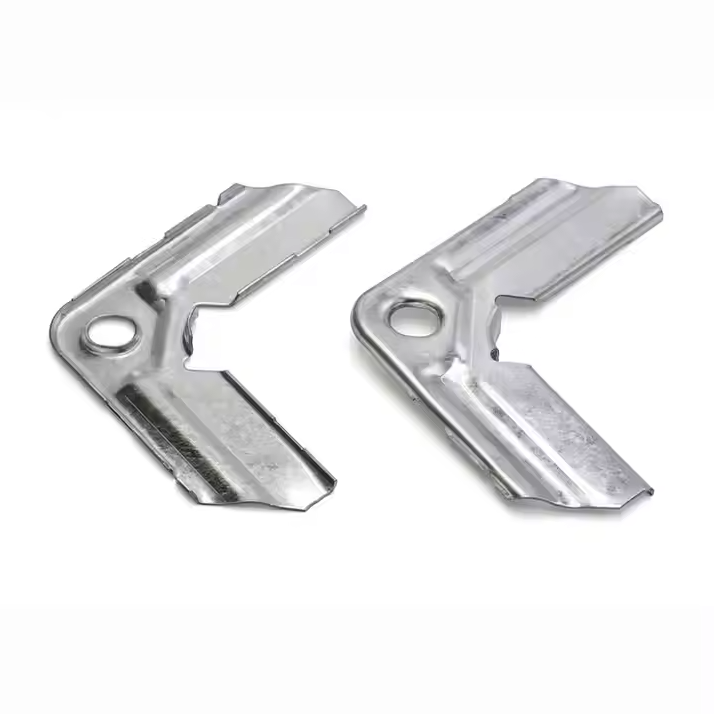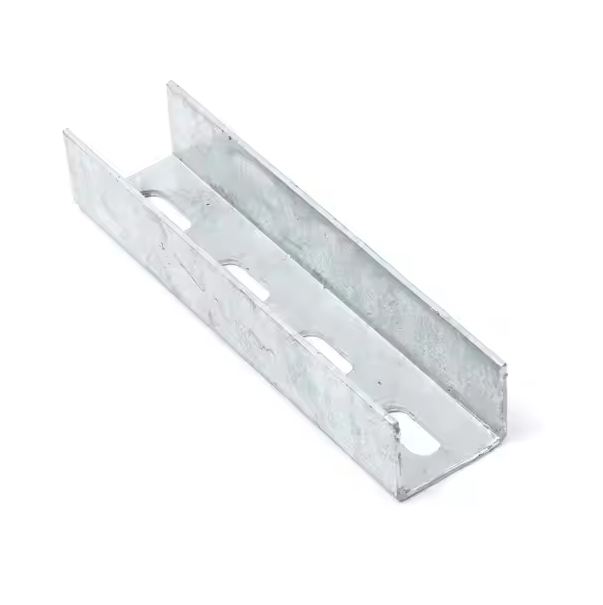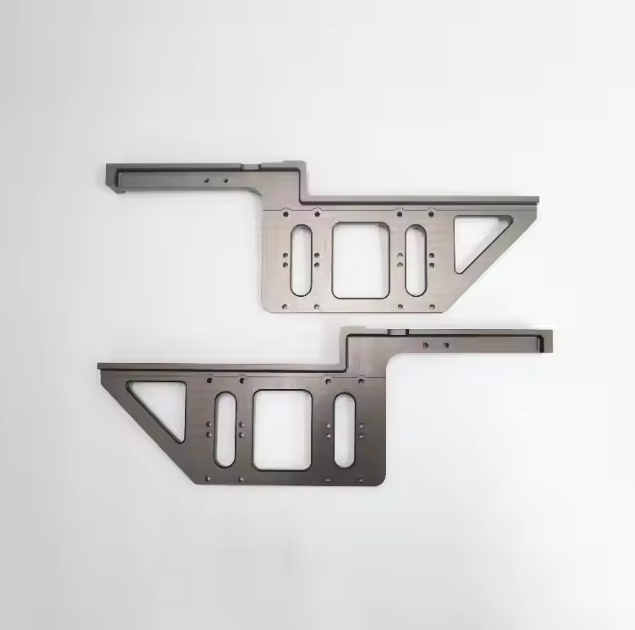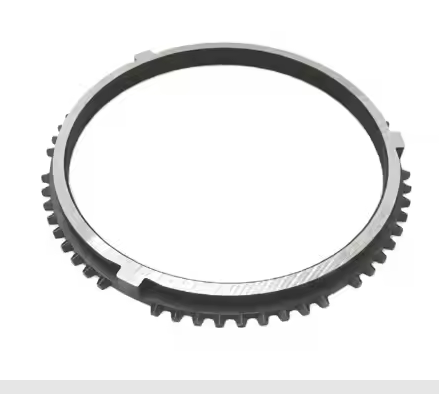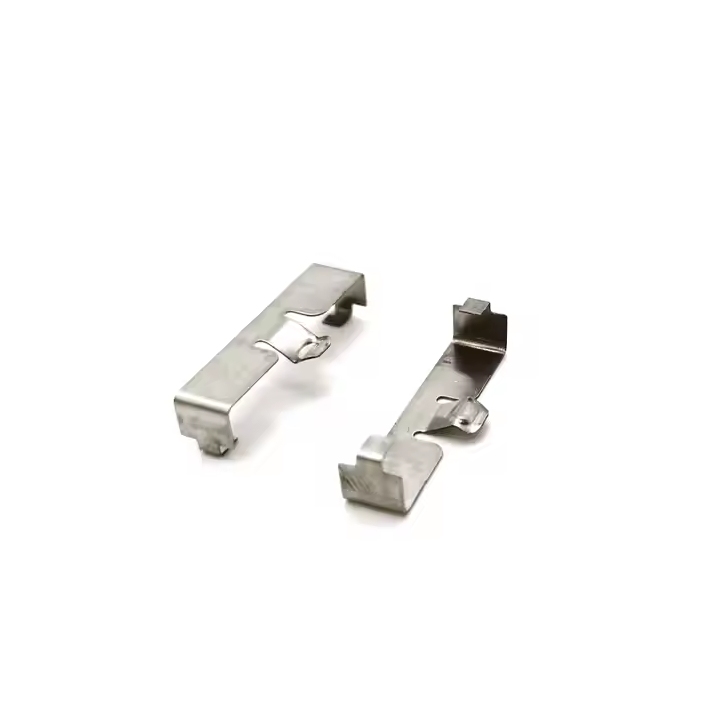Laser cutting is an essential part of sheet metal fabrication and can be used to cut a wide range of materials. This makes it an important process in rapid prototyping. It has a variety of uses because it is compatible with different materials and has advantages such as high precision. It uses a high-energy focused laser beam to mark and engrave functional parts. Lasers create intricate designs, text, and graphics on automotive parts, medical devices, and wood products. These marks allow for customization and easy tracking of parts.
What is laser cutting?
Laser cutting is a non-contact process that uses precise and controlled heat to cut materials. The heat source is a highly focused laser beam, which vaporizes, melts, burns or blows the surface to achieve the smoothest possible finish. There are 3 main types of laser processing: remote, flame and fusion cutting.
Remote Cutting: Remote cutting is the partial ablation of metal without the use of cutting gas. The energy input is less, which makes this process very useful when processing thin and sensitive plates.
Flame Cutting: This is a reactive process that uses oxygen with natural or acetylene gas to cause ignition and melt the steel surface. Flame cutting is a slow process with a large heat affected zone.
Fusion Cutting: In this process, argon or nitrogen is used as a cutting gas to blow the molten metal away from the surface. The use of these inert gases prevents reaction with atmospheric oxygen, leaving a surface that may not require further processing.
One of the most notable benefits of laser cutting is its ability to cut nearly any material. These include metals, plastics, wood, and leather.
Metal Products:Common types of metals used for laser processing are carbon steel, stainless steel, titanium, copper, aluminum, and brass.

Carbon Steel: There are different types of carbon steel. They range from 0.12% to 2% carbon content. The higher the carbon content, the lower the melting point and the easier it is to laser cut. The most common type of laser used for carbon steel is the fiber type. The focal length and speed you use will depend on the thickness of the carbon steel material.
Stainless steel: can work on all grades of stainless steel using different laser parameters. You can mark, etch or engrave it with a fiber or CO2 laser. Stainless steel marking operations can be annealing or ablative.
Titanium: Titanium is very strong and has a high melting point. Although challenging, it is possible to cut with the right setup. For best results, use a CO2 laser with oxygen or nitrogen. Laser cutting titanium alloys is widely used due to their superior strength and lightweight properties.
Copper: Copper has good thermal and electrical conductivity, making it a suitable choice for laser cutting. Fiber lasers are ideal because they reduce copper discoloration issues. However, CO2 lasers can still be used. When processing copper materials with a CO2 laser, it is important to blast the workpiece with more metal than it can handle before cutting.
Aluminum Materials: Laser cutting of aluminum is a popular process in the manufacturing industry. This is because aluminum is highly reflective and therefore easy to cut faster. Virtually any laser can be used. However, the most suitable are CO2 and fiber. The method used depends on the thickness of the workpiece and the desired result.
Brass: Brass is an alloy of zinc and copper. Brass is soft, making brass easier to cut using a laser. CO2 and fiber are the most common for laser brass cutting. However, fiber lasers are preferred because they melt brass easily at a shorter wavelength. Brass is highly reflective and absorbs very little laser energy. To cut brass well, use a slow speed and melt as fast as possible.
2. Plastics:Plastics are another class of materials that can be laser cut. The best fit is a CO2 laser, as most plastics absorb energy at that wavelength. Fiber lasers can also work. But it is primarily used for engraving. The most common laser cut plastics are acrylic, styrene, plexiglass, and polyoxymethylene.

3.Wood: Lasers can mark, cut, and engrave wood seamlessly. CO2, fiber, and diode lasers are suitable for both hardwood and softwood. Diode lasers are better for pictures or artwork because of the wide range of color options. CO2 lasers are more powerful and produce no waste.

4.Leather: The laser can also cut thick and thin leather sections. For thick materials like journals and shoes, using two passes allows for finer engraving. Please note that the type of laser used and the results depend on the leather type. Also, you cannot laser cut all types of leather. Some are flammable and produce toxic fumes.
From medical implants to custom jewelry, many manufacturing industries have benefited greatly from lasers. They use laser cutters in different ways to improve the functionality and appearance of parts.
Automotive Marking:Automotive component manufacturers use laser marking extensively. This technology is important in all stages of automotive manufacturing. The most commonly used types are CO2 lasers and fiber lasers. They are ideal for both low-volume and mass production of engine parts, body panels, and exhaust systems. In addition, they create customized automotive components to help with easy tracking.
Ceramic Manufacturing:Ceramics are hard and using traditional marking techniques can be energy intensive. Therefore, lasers are used to create and manufacture ceramic parts. The process is commonly used for traditional ceramics, advanced ceramics, and engineered ceramics. It creates decorative features and logos on porcelain and stoneware.
Packaging Items:Laser cutting is used to mark and engrave packaging components such as lids, boxes, and containers. Both fiber and CO2 lasers are suitable options. Which one you use depends on your budget and other factors. Many industries use wood in the form of cardboard for packaging. Cardboard is a good choice for laser cutting, and it can be easily customized.
Jewelry Industry:Metal laser cutting has a wide range of applications in jewelry manufacturing. It can be used to cut gemstones because the process does not waste material. It does not "cut" but vaporizes, leaving unique engravings and text. It is better than traditional techniques because it can create more complex designs on earrings, rings and bracelets.
Medical Device Marking:Laser marking has revolutionized the medical industry. It produces high-quality sterile cuts that are compatible with body fluids and tissues. The technology has been used to manufacture heart valves, stents, and other devices that must fit precisely to function. The small heat-affected zone allows for minimal deformation and parts that meet tight tolerances.
To achieve the best laser cutting results, it is best to use the services of a contract manufacturer. Xuanmin has been working in the field of laser marking for many years, providing safe and innovative solutions. Our systems are automated and provide permanent marking in one operation. What else? Our prices are affordable and competitive. Work with our skilled machinists to turn your ideas into reality.
